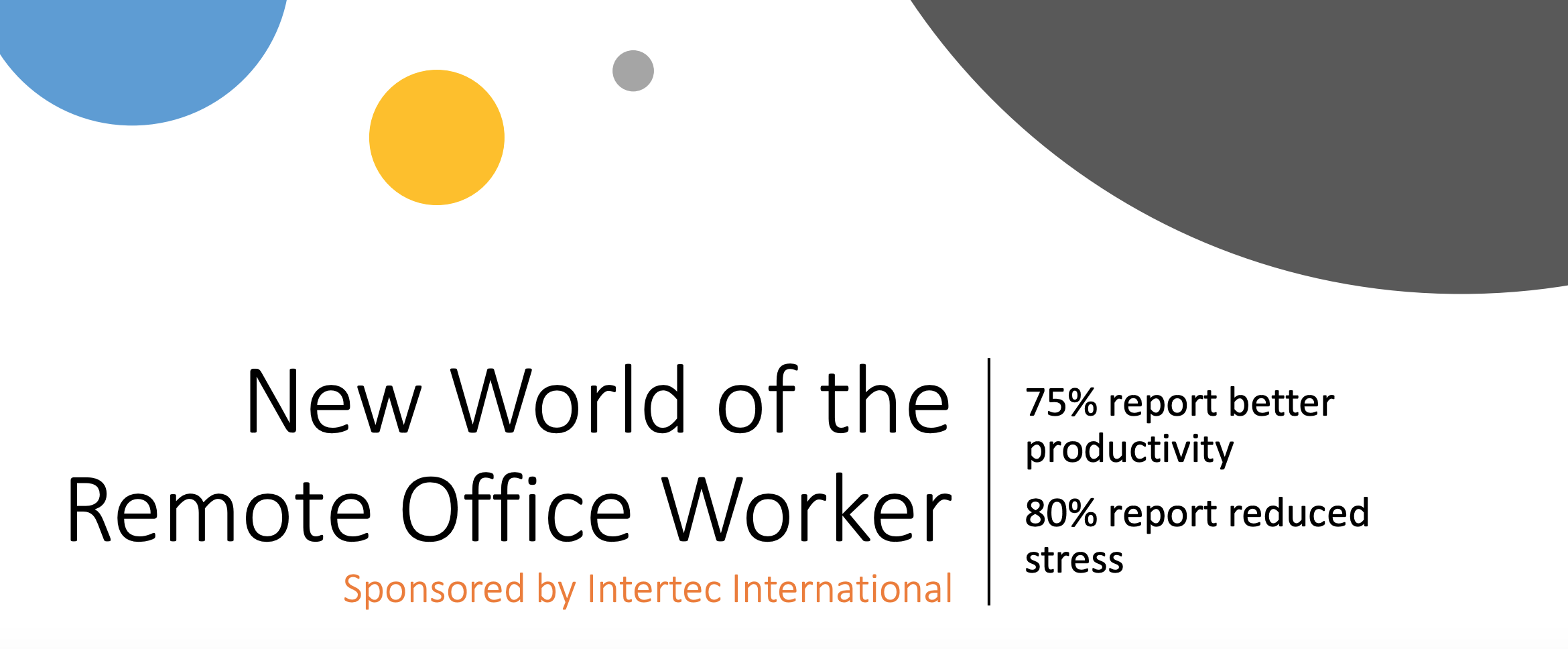Project management occupies a strange space in the modern enterprise. In many tech companies, there’s a sharp division between developers and those in the PMO (project management office) who ostensibly oversea their larger-scale efforts. In smaller companies, there might not be anything resembling a PMO, and more senior developers or managers might find themselves de facto project managing something as large and complex as a full software refactoring without much institutional support. Even when there is real support and strong infrastructure in place to get the right product delivered at the right time to the right users, getting everything done on time and within budget still feels like a herculean task under the best of circumstances.
 Successful project management—particularly when it involves complicated project pipelines involving many sub-processes and tasks—depends on more than just having the right tools. But having the right tools is an incredibly important starting point.
Successful project management—particularly when it involves complicated project pipelines involving many sub-processes and tasks—depends on more than just having the right tools. But having the right tools is an incredibly important starting point.
There are plenty of sites you can go to with a roundup of the top rated SaaS solutions for different elements of project management, task management, and workflow management. Today, we’re doing something a little different: a rundown of all the individual tools (in the sense of related areas of functionality) that you need in order to successfully manage a complex project pipeline. Many solutions on the market will offer functionality in multiple areas, but getting them all covered might require multiple tools or at least tools with strong integration capabilities. If you check all these boxes, however, you’ll be poised to delivery working software within a respectable time-to-market.
Planning and Scheduling
It might seem obvious that you need planning and scheduling functionality somewhere in your project management toolbelt—but if you dig down into what that really means, you might discover that it’s not as ubiquitous across available solutions as you thought. A Kanban board, for instance, isn’t a plan or a schedule. That said, there are multiple methods and interfaces that can pave the way for effective planning and scheduling. For our money, we think it’s useful to be able to break a larger project down into discrete workflows that are composed of multiple tasks or tickets and that all feed into a larger pipeline. A tool that enables you to do this will help you lay important groundwork for gaining visibility and tracking your progress further down the line.
Note: though the first time you undertake something like a cloud migration or a new website launch—i.e. a project that has too many steps to track by hand—your solution will have to support you as you “invent the wheel,” so to speak. You’ll need to be able to connect the workflows that ought to be connected and set the right dependencies for each process. But, after the first go around, you shouldn’t have to reinvent the wheel the next time out. Instead, you should be able to spin up a new project pipeline template so that you repeat the process easily, no matter how complex it was. This is, ultimately, where a lot of existing workflow management tools fall down.
Tracking Tools
Once you’ve got a plan, you need to successfully track it through each stage of the process. This is often easier said than done for two reasons:
- Many task and ticket management tools only give you insight into how individual tasks are coming along, which reduces your visibility when there are hundreds or thousands of tasks to be done.
- Not every tool out there has a ticking clock that’s linked to your SLAs—which is unfortunate, because time-tracking for both individual tasks (i.e. starting a clock once the task has begun) and for entire processes is a crucial way to keep your SLA and any associated deadlines front and center. Without this kind of timeline visibility, it’s much too easy for workflows to run behind schedule without anyone realizing it.
If you can find a solution that empowers you to overcome both of these obstacles—while giving you an interface that makes it easy to immediately visualize progress towards your goal—you’re in good shape. This might mean that at a quick, top-level glance you’re able to identify the project’ name, type, location, start date, status, and target completion date, plus the percentage of workflows completed; from there, you’d want to be able to drill down into the individual processes and tasks that comprise the pipeline in order to get a more granular view—all with an eye towards quickly identifying blockers and getting them resolved.
Analytics Tools
Naturally, in addition to tracking the progress of your pipeline from the early stages to successful completion, you’ll also want to analyze your performance over time. The era of doing project post-mortems in an Excel spreadsheet has ended—and project and pipeline management processes need to embrace the digital analytics that come baked into many modern solutions. What should those analytics tell you?
- What the average time to completion is for specific task or workflow types
- How time to completion varies across different developers for different types of tasks
- What your average performance against SLAs is and how it has changed over time
- How many tasks, workflows, or processes you’re completing on average in a given day, week, or month
- Which stages in a particular repeatable pipeline are the most common source of blockages or delays
There are others that you might want to track, but these ought to give you a good sense of areas for improvement over time, as well as a set of general benchmarks. When it comes to repeatable processes in particular, the goal is to continue perfecting them over time, which means that the more insight you can get into what could have improved in past workflows, the better.
Collaborative Tools
In any complex project, the ability for different developers, project managers, and other stakeholders to collaborate at various stages of the process is of crucial importance. As such, you should have some sort of tool that helps you to do that. This will look different for different types of companies and different sorts of pipelines, but there are a couple of considerations that ought to be kept in mind:
- Access and access control are both important. In order to be able to collaborate effectively, teams need access shared resources; at the same time, you need to be able to actively manage who sees what, when, such that you can keep things clean and streamlined for different types of users.
- Communication is key. Whatever tools you use should reduce barriers to communication between different touchpoints, not increase barriers or add complexity—whatever the platform itself is, this will be key.
Again, no need to reinvent the wheel here: whatever works for your team should be prioritized.
Single Sources of Truth
Above, we mentioned visibility in a few contexts—e.g. gaining insight into a full, connected pipeline rather than just a set of separate, disconnected tasks. One of the biggest hurdles to making this possible is the difficulty that surrounds establishing a single source of truth (SST) that different team members can easily coalesce around. Often, when teams are using multiple different solutions to track the various workflows involved in a project, stakeholders find that they can’t get a complete picture in any one solution. This is an issue because it can create misalignment, e.g. if different touchpoints have a different understanding of where the project is at, whether it’s projected to be completed on-time, etc. The result is confusion, rework, and ultimately sub-optimal cost- and time-management.
To get around this pitfall, you’ll need one tool that can serve as your SST. This tool will most likely need to integrate easily with other technologies and take in data being entered or updated elsewhere in the IT stack. For instance, a solution that automatically imports status updates from your ticket management system in order to provide live updates of the workflows that rely on those tickets would provide you with a single interface that a planner could utilize to understand the current project status. From there, the planner could leverage a shared understanding of the project’s status across touchpoints to create greater cohesion and more effectively address disruptions.
Automation Integration
You might have caught the mention of automation in the section above. That wasn't an accident. At the end of the day, project management, task management, pipeline management, and workflow management tools are all designed around one goal: making individual users and teams more efficient and effective. A big part of efficiency is doing things in the most time-effective way—which means doing your best to automate the tasks that can be automated, such that human developers, managers, and others can focus on more impactful work.
When it comes to the tools that are meant to aid your project management, that automation might take different forms. If your business performs complex, repeatable tasks like cloud migrations on a recurring basis, for instance, it would be extremely valuable to automate the process of creating templates for those project pipelines. By automatically spinning up new templates as needed, you can save valuable time and effort. Likewise if you have a tool that can automatically trigger new workflows when a particular process or workflow has been completed. And, like we said above, integrating with other tools (e.g. ticket and task management systems) can be a huge boon when it comes to the otherwise-laborious task of gathering the information you need when you need.
While you won’t necessarily find a single tool that meets all your needs—and there’s no reason to think that you have to—gaining coverage of these five areas described above will put you in a position to keep your projects running smoothly and ultimately deliver them on schedule.










